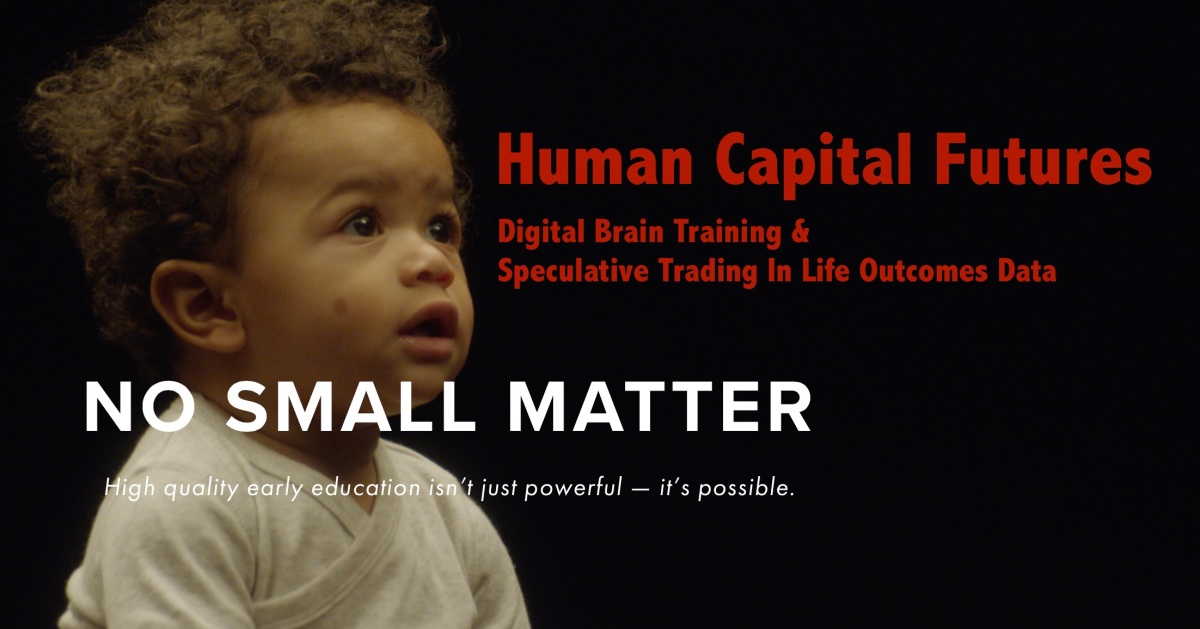State superintendent intervenes in contract talks on Day 3 of Oakland teachers strike
Officials say Tony Thurmond will try to help both the district and the union find common ground.
CLICK HERE if you are having a problem viewing the photos on a mobile device
OAKLAND — State Superintendent of Public Instruction Tony Thurmond is stepping in today to try to settle contract talks between Oakland Unified and the local teachers union, which is striking for a third day.
Bargaining extended into the weekend, but broke down when the union’s representatives refused to lower their original demand of a 12 percent raise over three years. The district contends it can’t afford that amount because of an ongoing structural deficit, and has offered a 7 percent retroactive raise plus a 1.5 percent bonus.
Thurmond, who was endorsed and financially backed as a candidate by the California Teachers Association, will meet with both parties “to find common ground,” California Teachers Association spokesman Mike Myslinski told the Bay Area News Group.
Also over the weekend, fiscal oversight trustee Chris Learned expressed he would rescind any agreement granting the union’s proposed 12 percent raise over three years due to the district’s financial situation. Learned was appointed to oversee district financial decisions after the district went into state receivership in 2003. Though the district is no longer under receivership, it still owes the state more than $30 million from when it was. Learned has the power to veto financial decisions until the district fully pays back the loan.
“I will stay or rescind any agreement that would put the District in financial distress; A 12 percent salary increase would do just that,” Learned said in a statement released Sunday. “What the District has on the table now is what the District can afford.”
Oakland teachers are among the lowest paid in Alameda County and neighboring counties, causing a “retention crisis” in the district, a state arbitrator found. The average annual salary for Oakland teachers was $63,149 during the 2017-18 school year, according to a report from the state’s Department of Education. Salaries range from $46,570 to $83,724
Thousands of teachers, counselors and nurses took to the picket lines Thursday and Friday, and picketing resumed Monday morning. Teachers and supporters will rally at Frank Ogawa plaza around 12:30 p.m. Monday, and former U.S. Labor Secretary Robert Reich will give a speech — Reich is not involved in the contract talks, Myslinksi said. The union members will return to the picket lines around 2:30 p.m.
The district recruited fill-in teachers and assigned administrators to lead classes at its schools, although many of Oakland Unified’s 37,000 students have not attended during the strike. The union estimates only 3 percent of students attended school on Friday; the district has not released any enrollment figures for Thursday or Friday. CONTINUE READING: State superintendent intervenes in contract talks on Day 3 of Oakland teachers strike
















